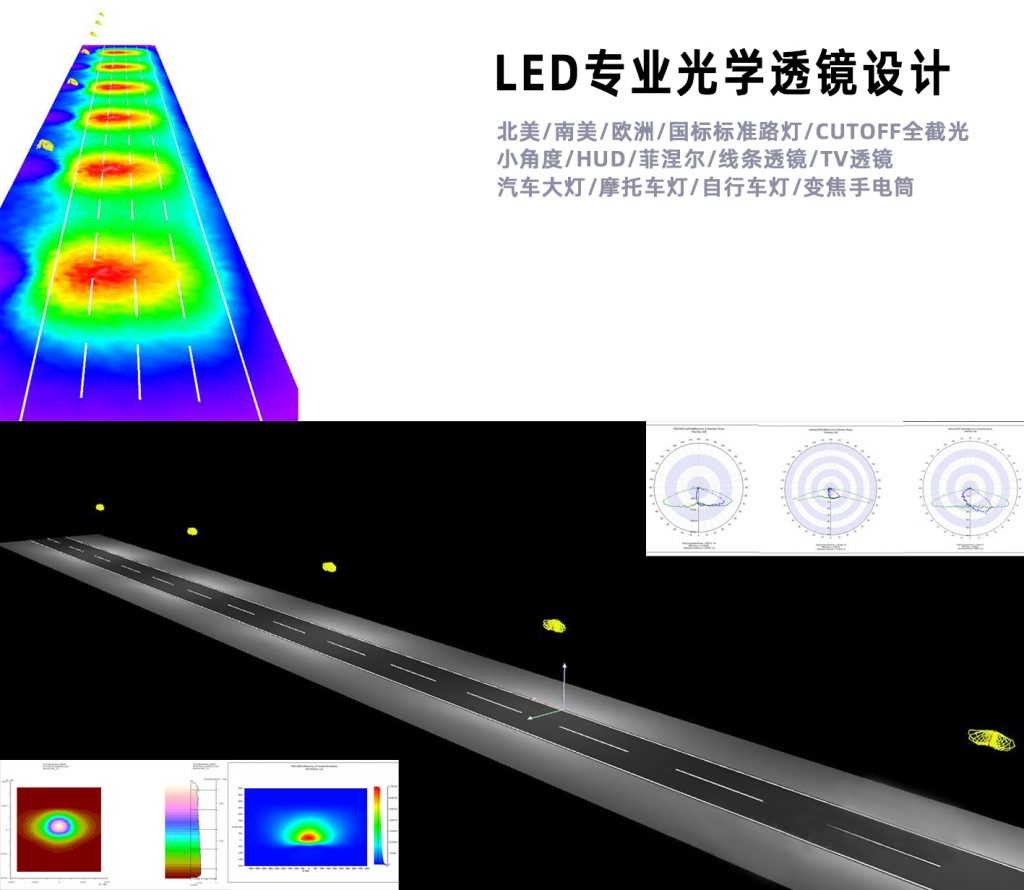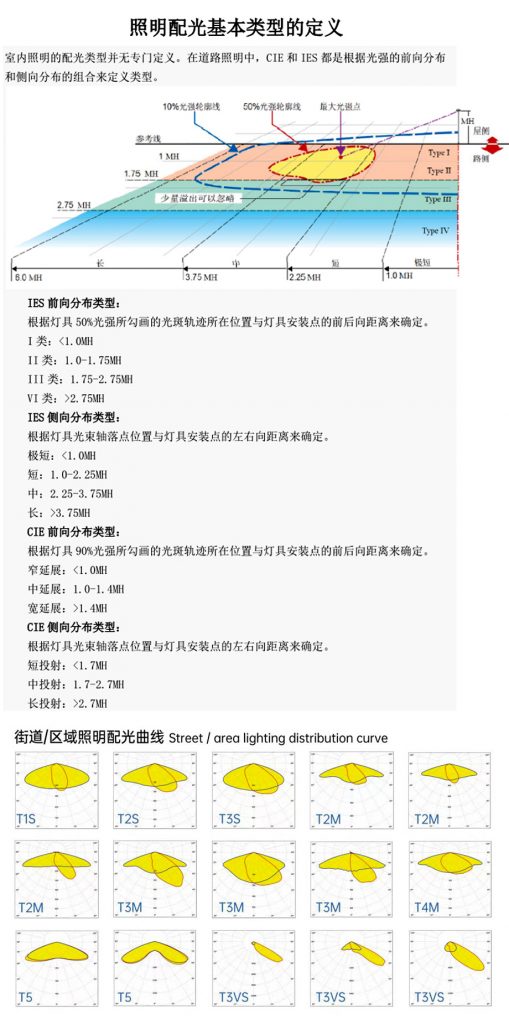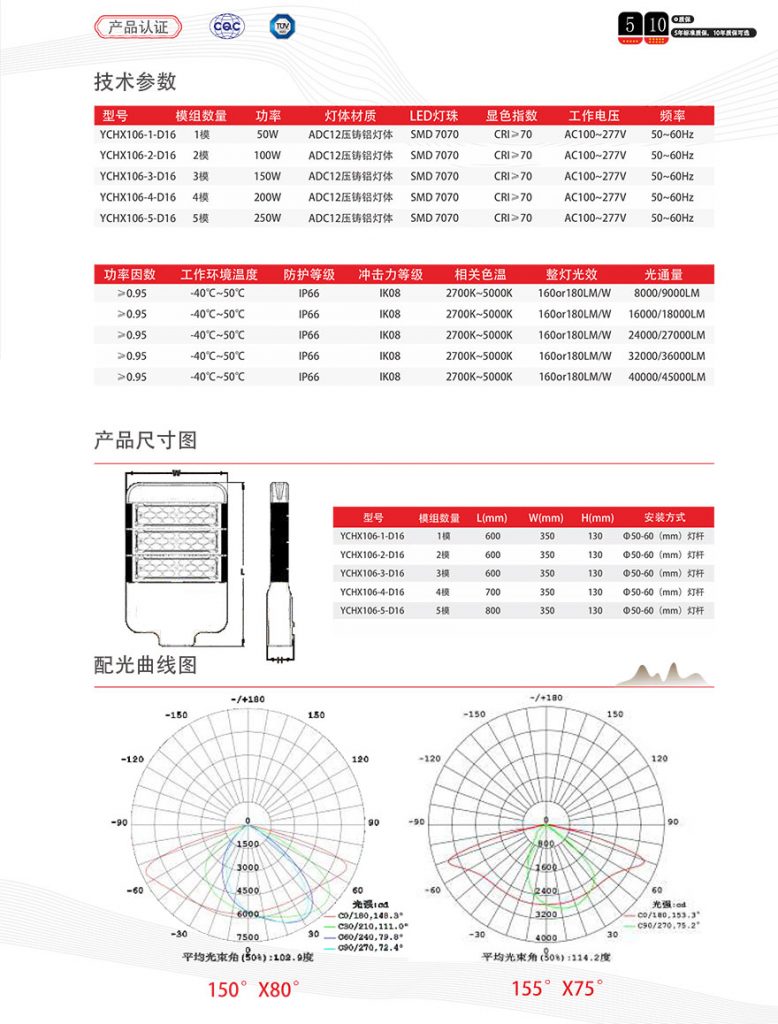93% high light transmittance 16 in 1 road lighting angle glass lens
Led glass lens is an optical element used for LED light sources. It focuses, diverges or evenly distributes the light emitted by LED through special design and materials, thereby improving the efficiency and effect of the light source. Its main features include:
- Optical performance: Glass lenses can effectively control the direction and intensity of light and improve lighting effects.
- Durability: Compared with plastic lenses, glass materials have better temperature resistance and wear resistance, and are not easily deformed.
- Low light loss: High-quality glass lenses can reduce light reflection and absorption, maximizing the use of light emitted by LEDs.
- Diversity: Can be designed into different shapes and curvatures according to different lighting needs, such as spherical lenses, aspheric lenses, etc. Application areas include but are not limited to indoor lighting, outdoor lighting, automotive lighting, etc. By properly configuring LEDs and glass lenses, lighting quality and effects can be significantly improved.
Advantages of LED glass lens module
- Fast heat dissipation, more durable products
- Excellent light distribution, better lighting effect
- Less light decay, longer service life
- Beautiful appearance, unique product design
- Good components, better quality
- Better quality, life of more than 10 years
Advantages of glass lens
The glass lens connecting plate design breaks through the traditional PC connecting plate lens used in the module, bringing a new experience and effectively overcoming the undesirable problems of PC lens: - Corrosion resistance: High borosilicate 3.4 glass belongs to borosilicate glass in borosilicate glass, which is acid and alkali resistant and has excellent corrosion resistance.
- Strong temperature resistance: Compared with PC lens, its thermal expansion coefficient is lower, it has good thermal stability, the change of optical surface temperature is small, and the original optical lighting effect is retained.
- High light transmittance: The light transmittance of conventional PC lens is about 85%, resulting in a waste of light. The light transmittance of glass lens is 90-93%, which can be as high as 97% after coating with anti-reflection film.
- Compared with PC lenses, glass lenses will not age/yellowing, which will affect the transmittance of the lens.
- Compared with PC lenses, glass lenses will not absorb dust and are easy to clean.
Tunnel lighting light distribution
Various light distribution angles such as 120°×80°, 150°×80° (symmetrical), reasonable illumination uniformity and anti-glare level, etc.
The design effectively improves the wall lighting conditions of the road surface in the tunnel, improves the visual enjoyment in the tunnel, and reduces the driver’s driving fatigue. Road lighting
There are various light distribution angles such as TYPE2-M and TYPE3-M. Its light distribution forms a rectangular light spot with uniform illumination on the road surface, which can be applied to two-way eight-lane, six-lane, four-lane, two-lane and one-lane road conditions.
High pole light distribution
It is used in large squares, main road intersections, docks, stations and stadiums. The hanging height is high and the lighting range is relatively wide and uniform, which can bring better lighting effects and meet the lighting needs of large areas.
Industrial and mining lamp lighting
The light angle is 25°/45°/60°/90°/120°, mainly used for building exterior walls, bridges, parks, advertising signs, stadiums and squares,
factory workshop lighting.


















































